My Farmer’s Almanac has advice for every season. From a winter to do list with things like “sort your seeds” and “clean your tools,” I latched on to this tidbit: “Take time to REST – in two months it all starts up again!”
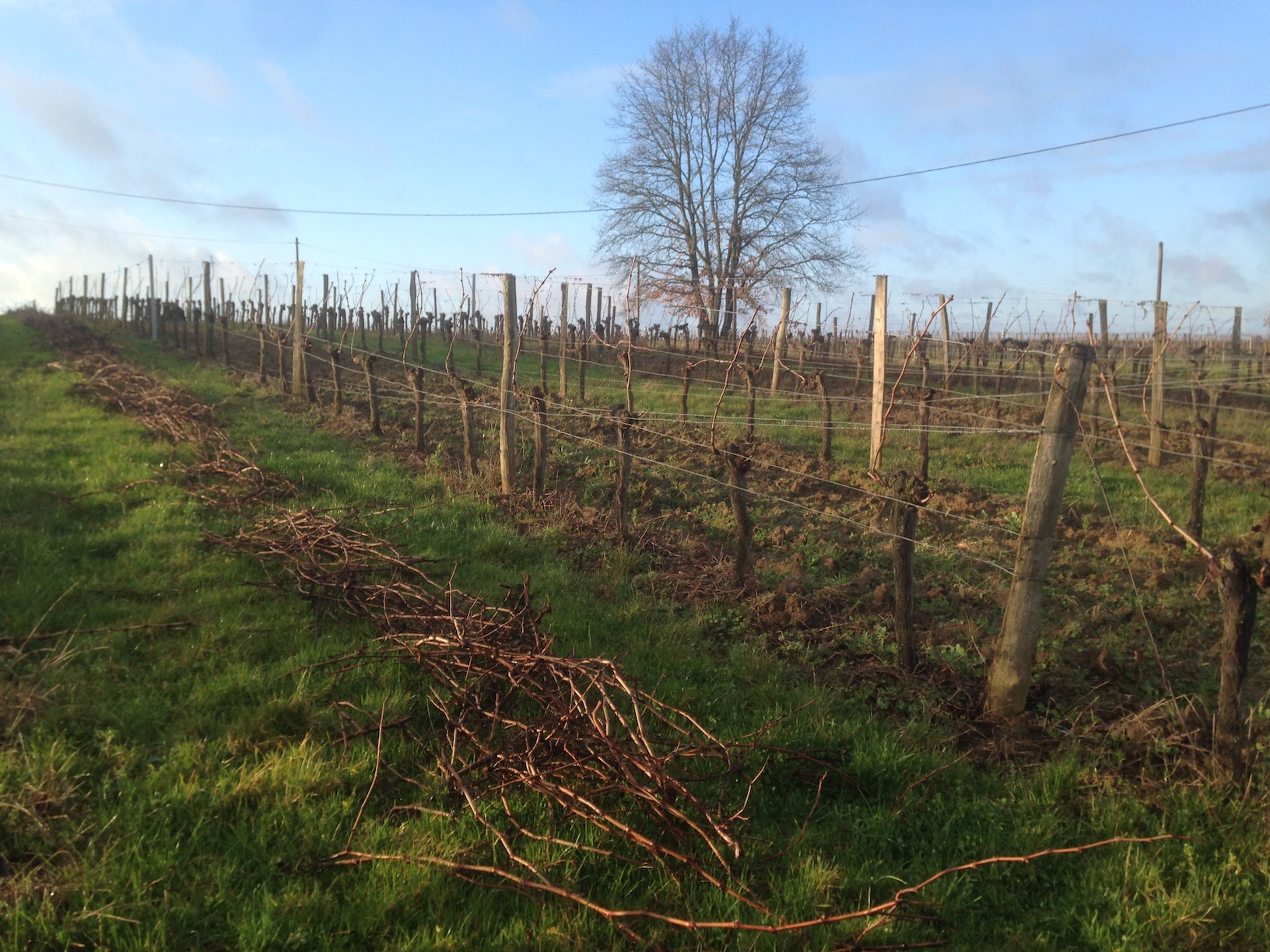
Around here most local, small-scale farmers slow down a bit in winter: all the potatoes and kiwis are in their cellars; you can’t make cheese since the goats aren’t producing milk, etc. Except farmer-heroes like Didier: he raises ducks as well as crops, does agricultural research, makes his famous foie gras in his own laboratory, and sells his own products. I doubt if Didier ever sleeps, let alone rests.
But since we’re nowhere as heroic as Didier, I’ve been asking myself lately why we’re always so damn busy?
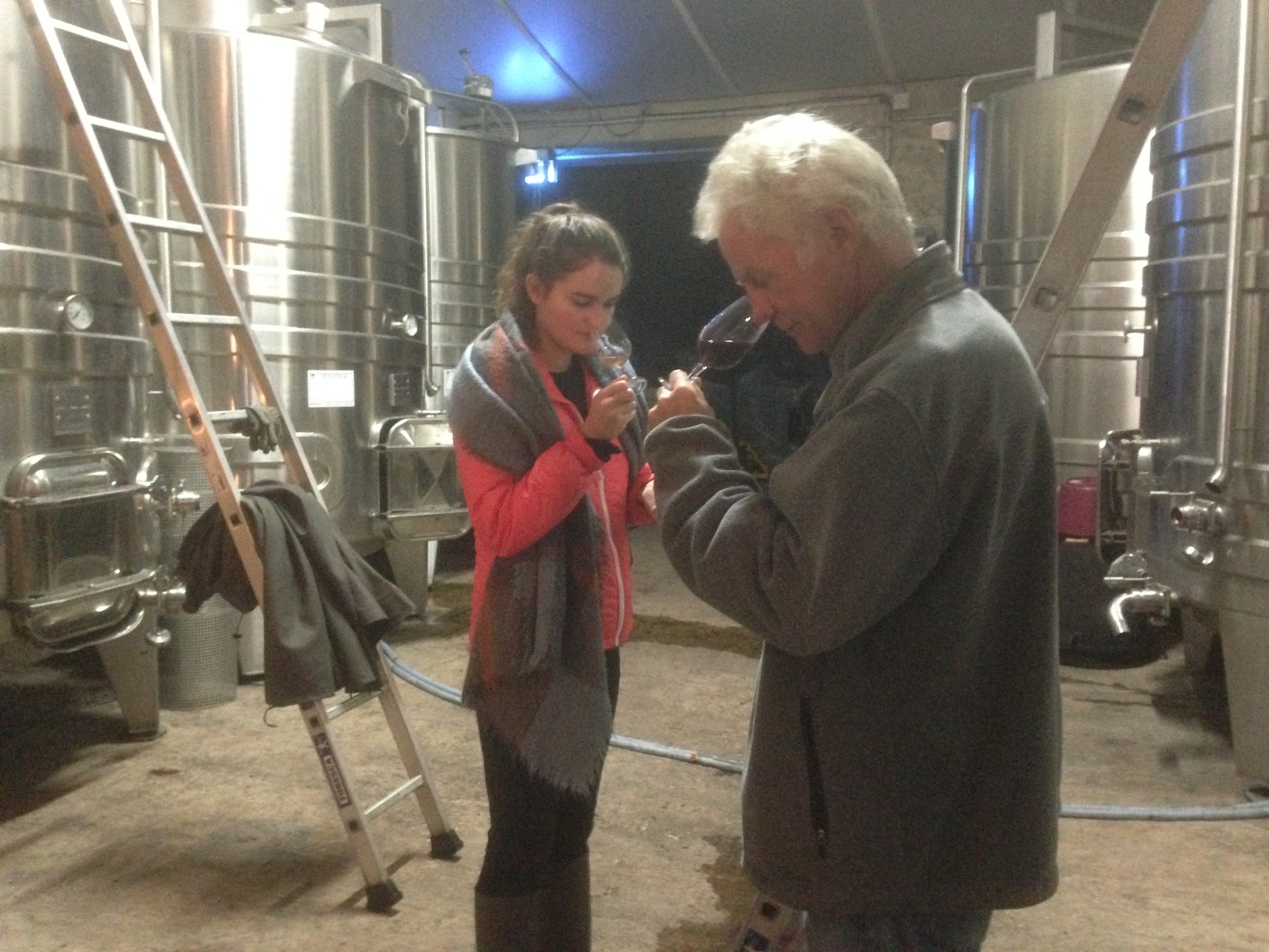
Winemaking: Technical winemaking continues until we “finish” the Rosé and the Red that will be bottled in September.
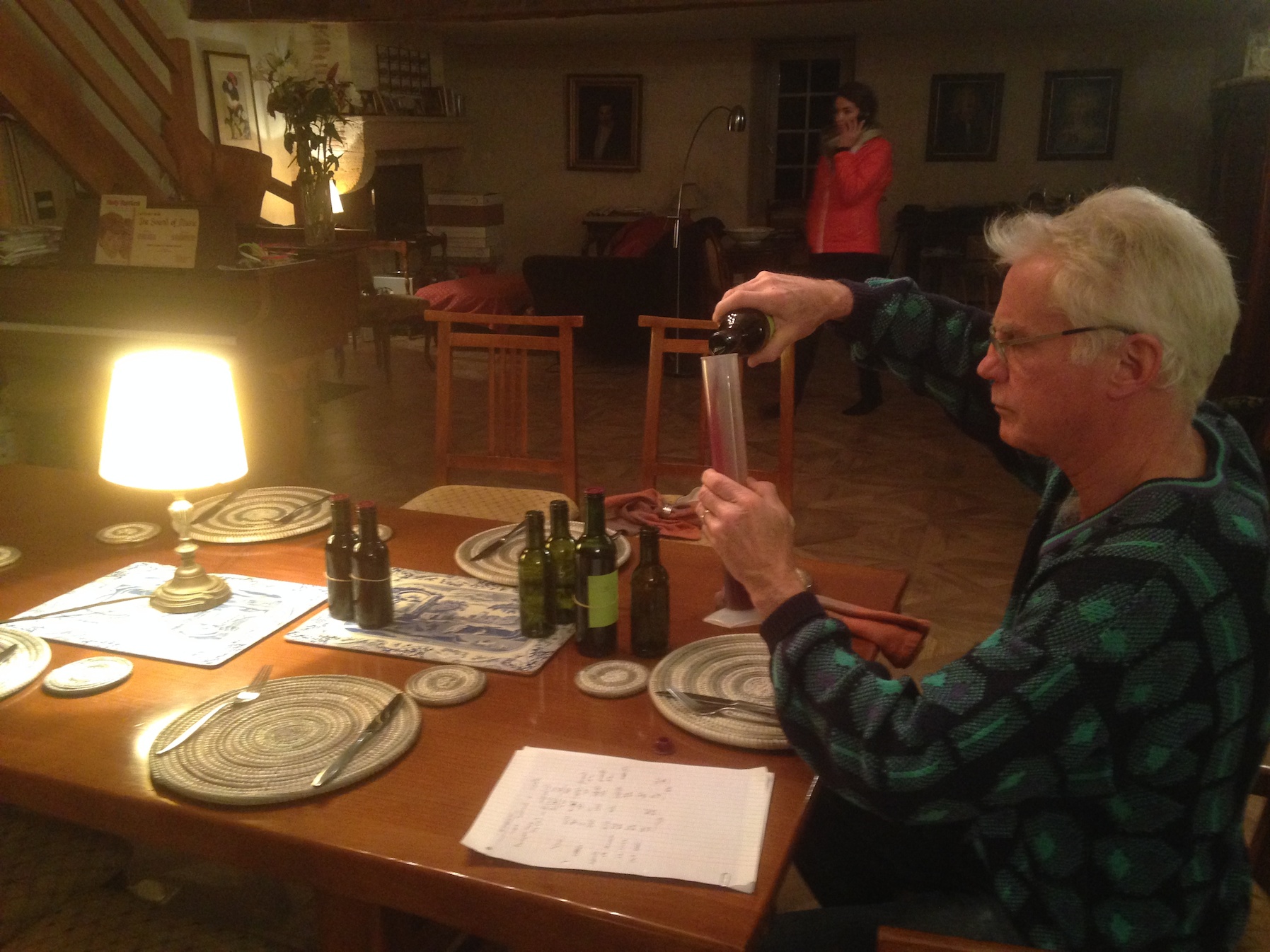
Assemblage: To come up with the best blends for the vintage, we taste the wine from all the vats in various ratios as a family, and with our œnologue. This work is very fun, so maybe it doesn’t count.
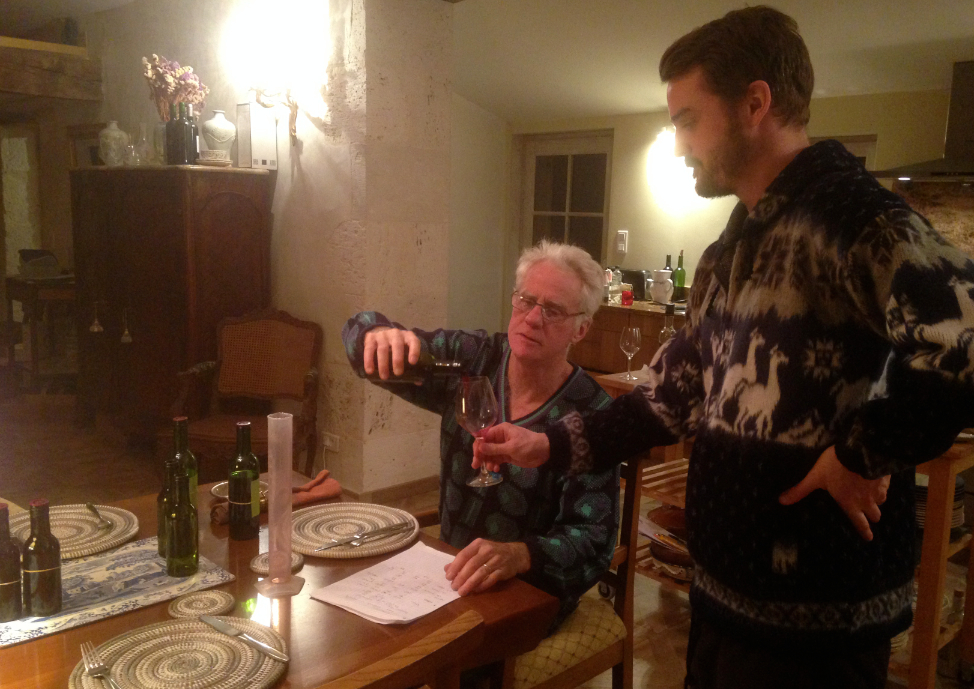
To bed down the Red selected for oak aging, the barrels must be steam-cleaned until they’re immaculate.
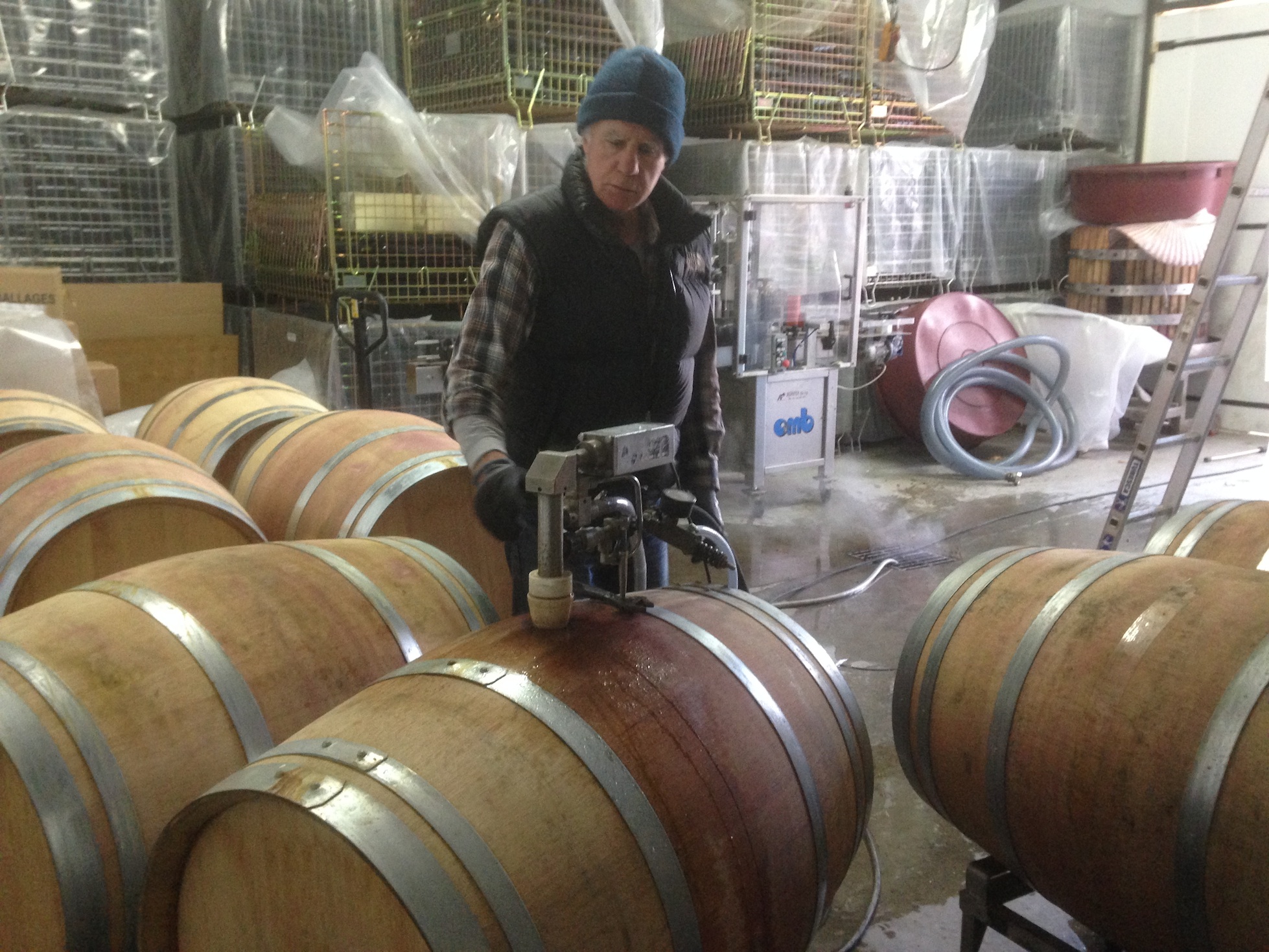
Actually, the cleaning part never seems to end. Cold water, cold stone building, cold wet hands.
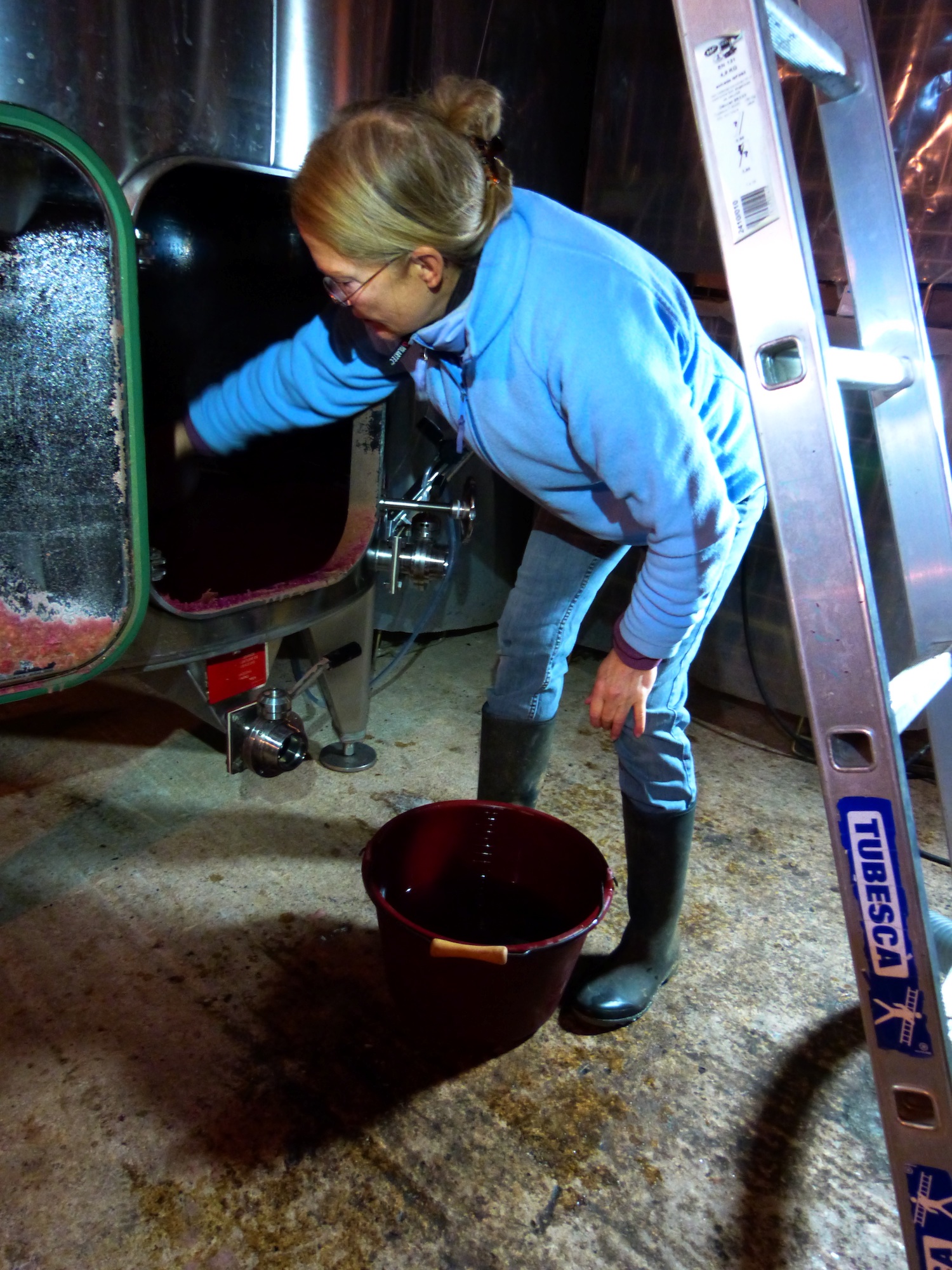
Sprinkle into the winter schedule – bottling, labeling, shipments i.e. paperwork, and tastings. (One in Normandy coming up!)

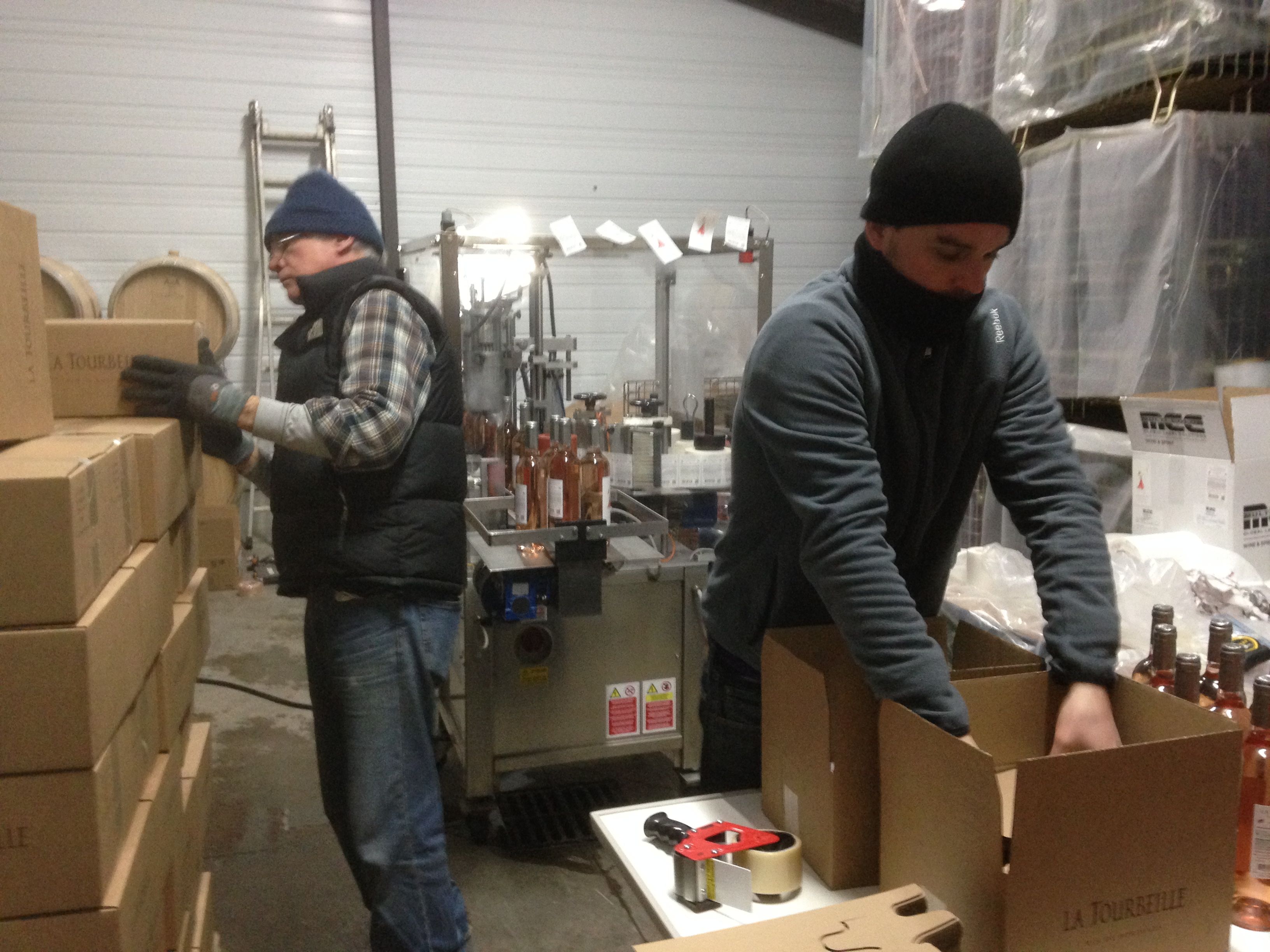
Taverne: Meanwhile at the Taverne, it’s a winter to renovate the kitchen, design a second terrace, crunch numbers and conjure up new dishes for an expanded menu.
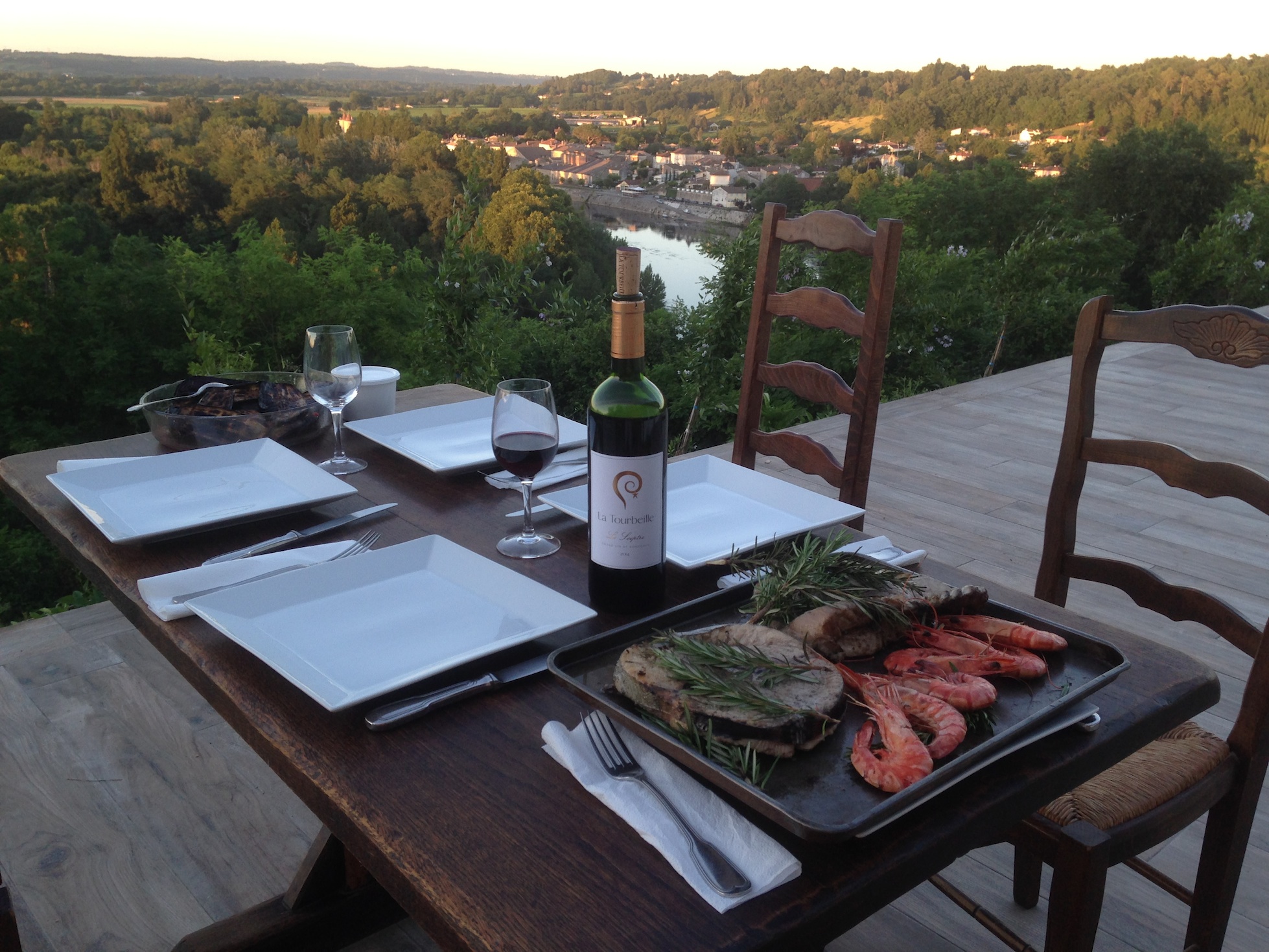
Planting: Every year we try to plant more linden trees in anticipation of alluring honeybees for the day when we get around to becoming beekeepers. Luckily the cows offer plenty of fresh manure; that gooey bucket contains a rich “praline” of manure and compost to coat the roots at planting.
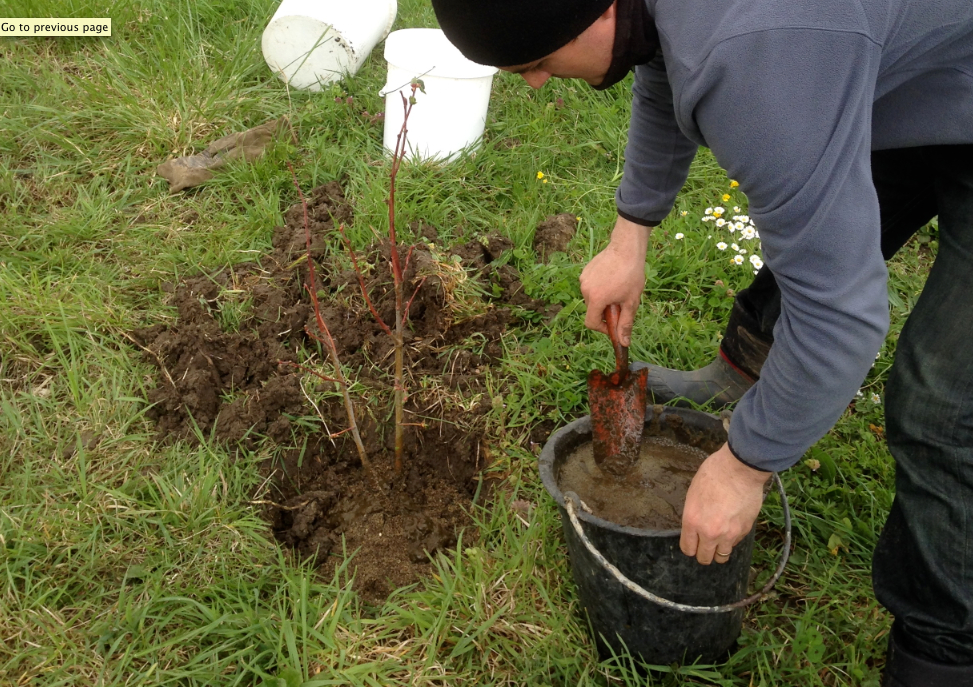
Garage Wine: If you can’t find the men in the winery or the Taverne or planting trees, they’re in the attic of the cottage putting up insulation.
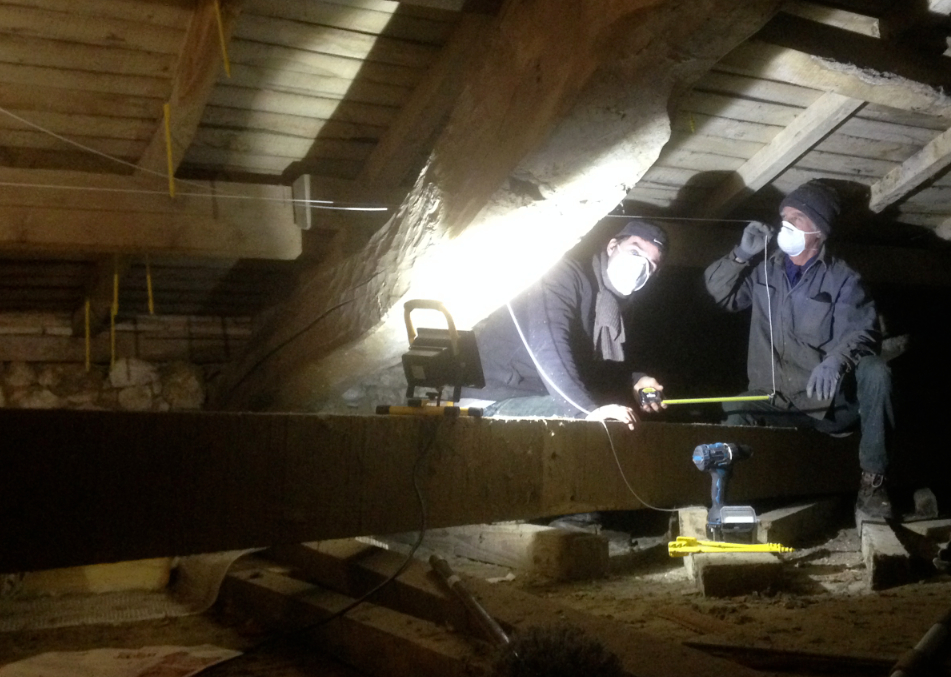
We’re storing my favorite vintage in the vast 18th century stone garage of the cottage, which was once a stable and a pigeonnier. In goggles and masks against the dust and fiberglass, they crouch until another section is done, and come to supper filthy, coughing and red-eyed.
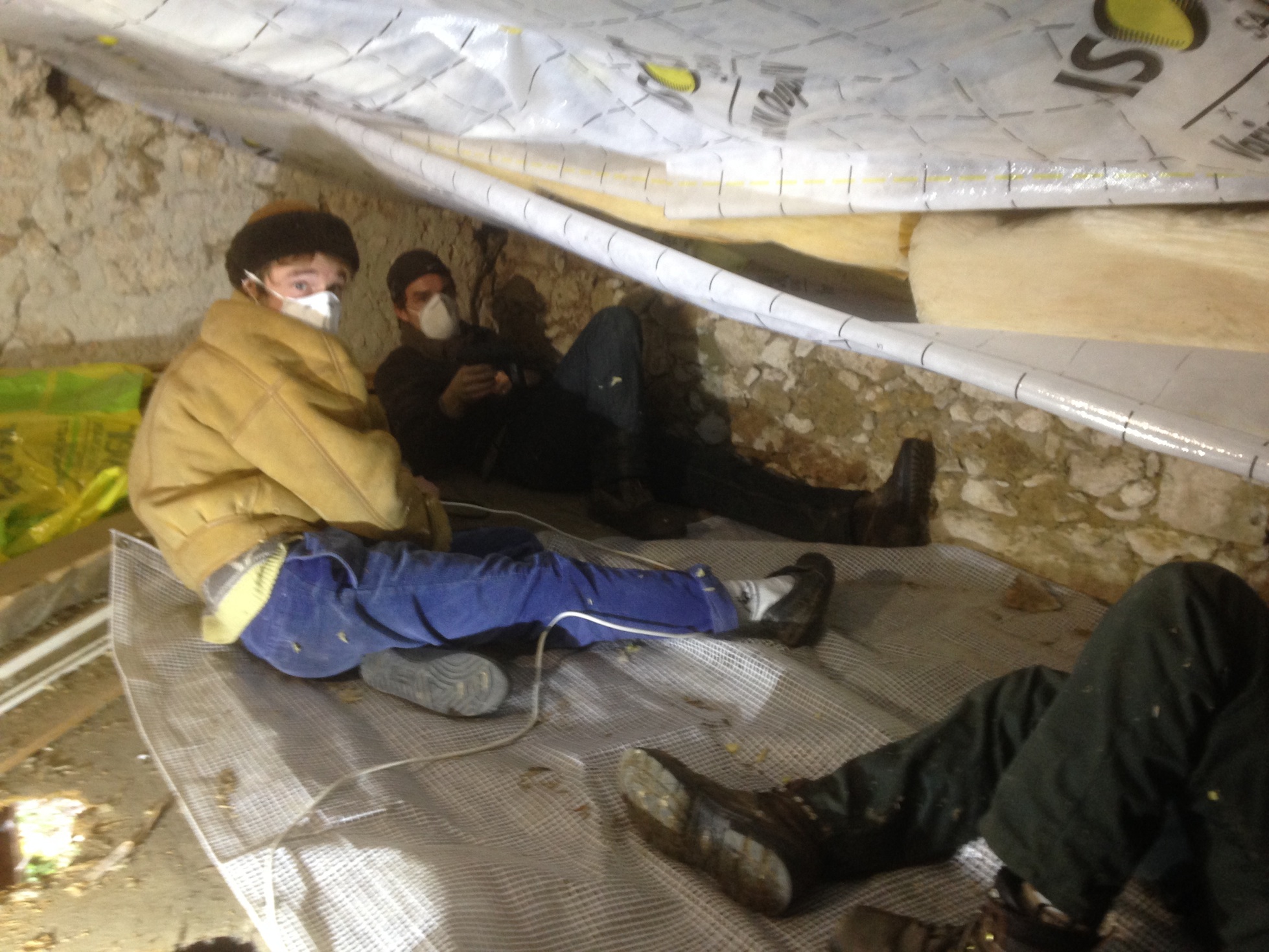
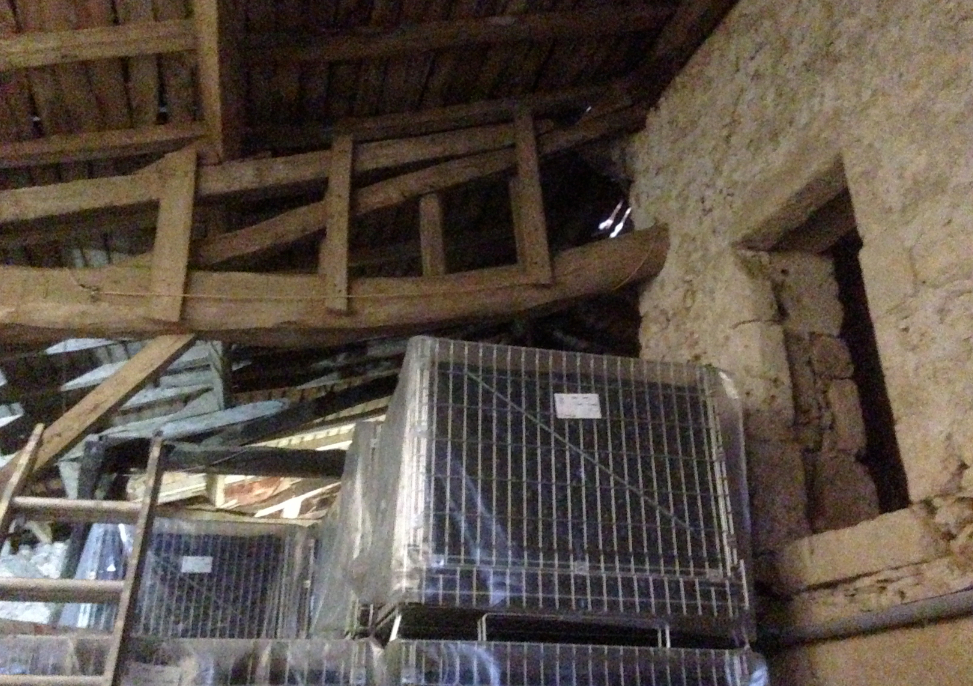
Food: Early winter is also the time to “put up the beans” as my grandmother used to say. What to do with all those pumpkins? And the rogue swiss chard that endures frost and pops up everywhere, even in the flower garden?
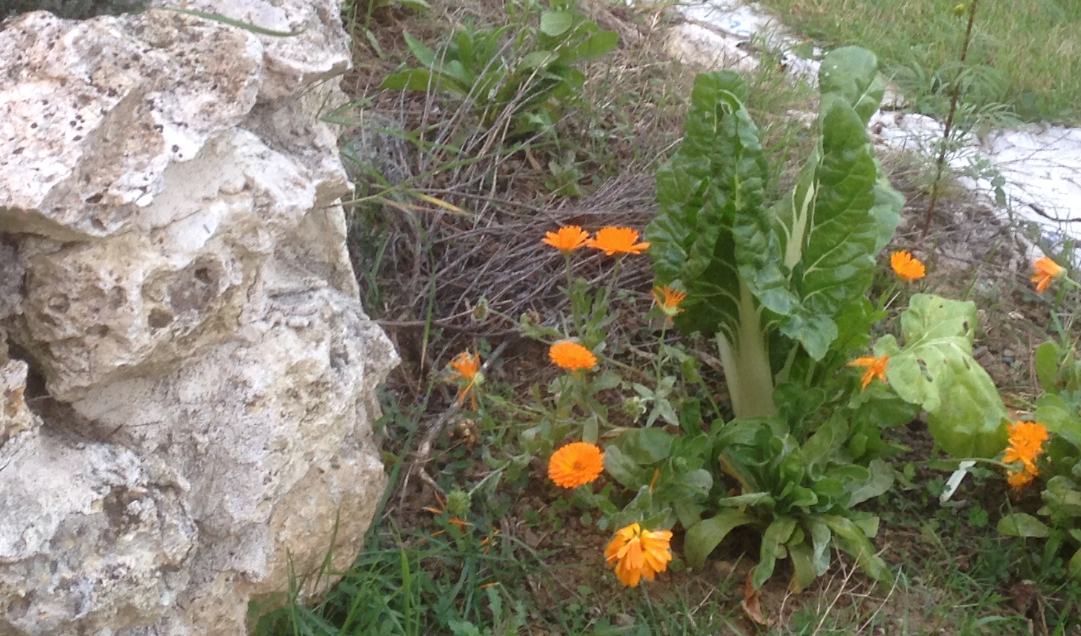
And olives! Carol & Julien received an olive tree as a wedding gift, and we all thought it was ornamental.
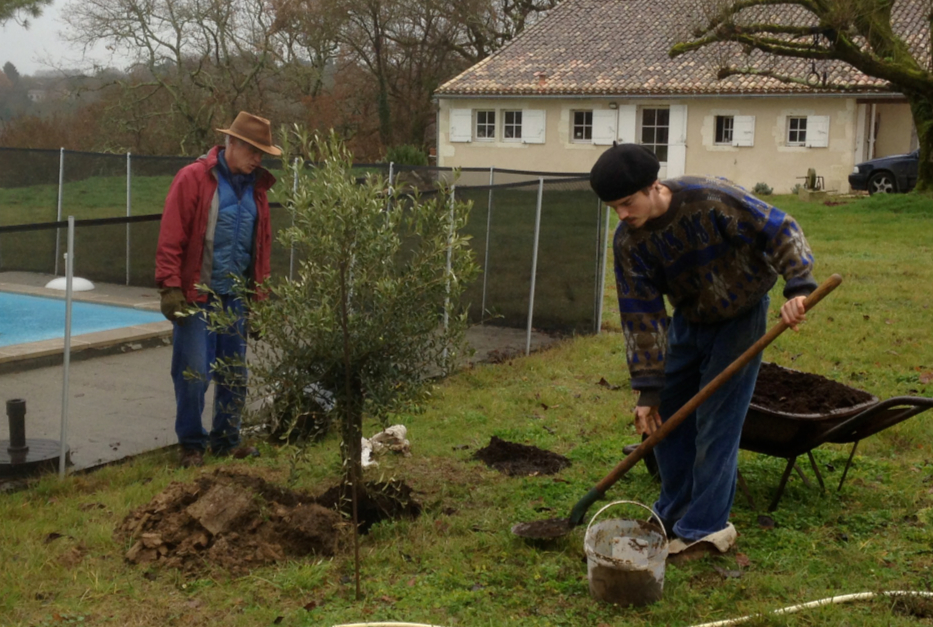
However my wise neighbors, Anthony and Marguerite taught me their brining secrets. If climate change turns Aquitaine into olive groves, we’ll be ready.
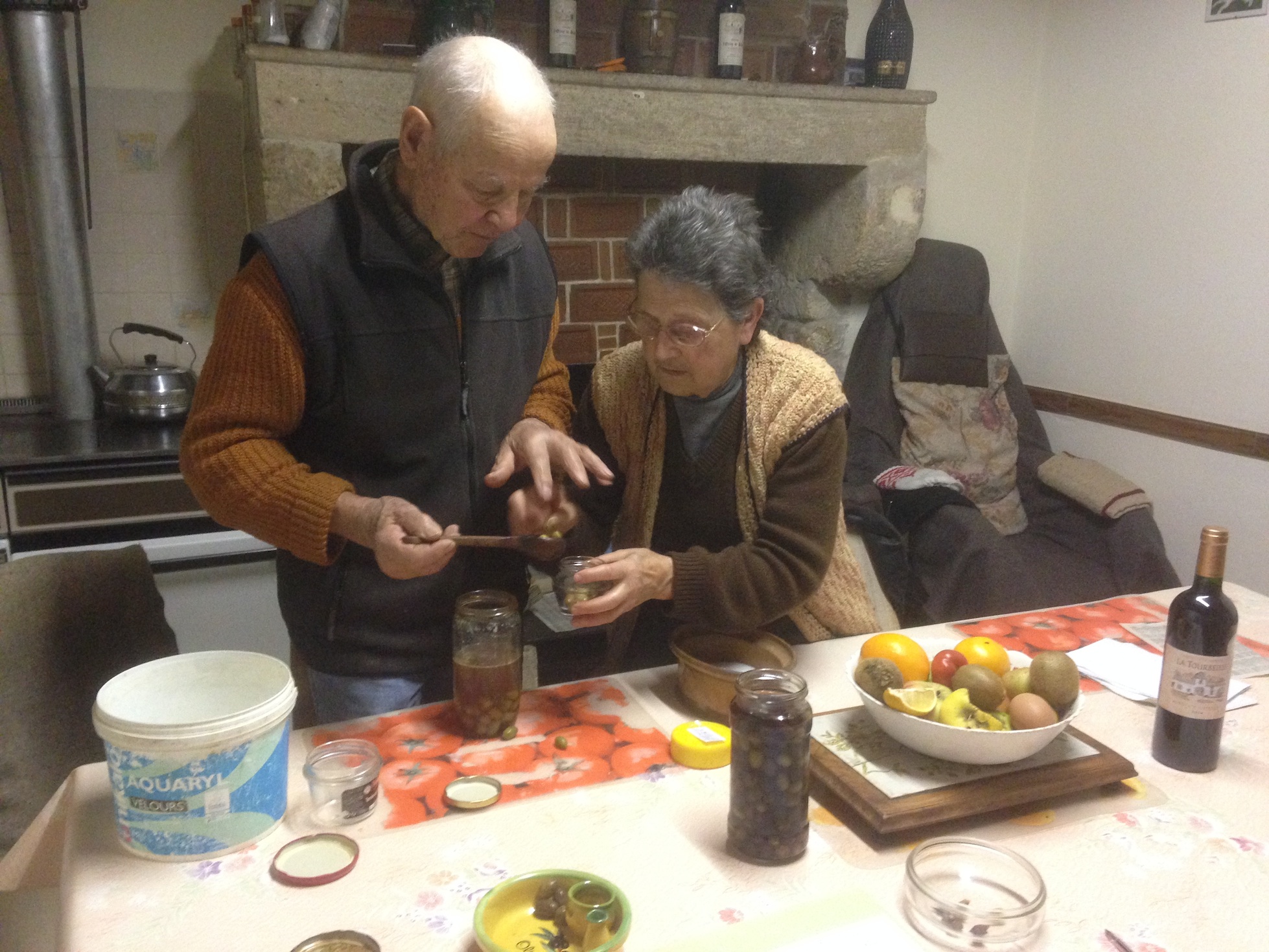
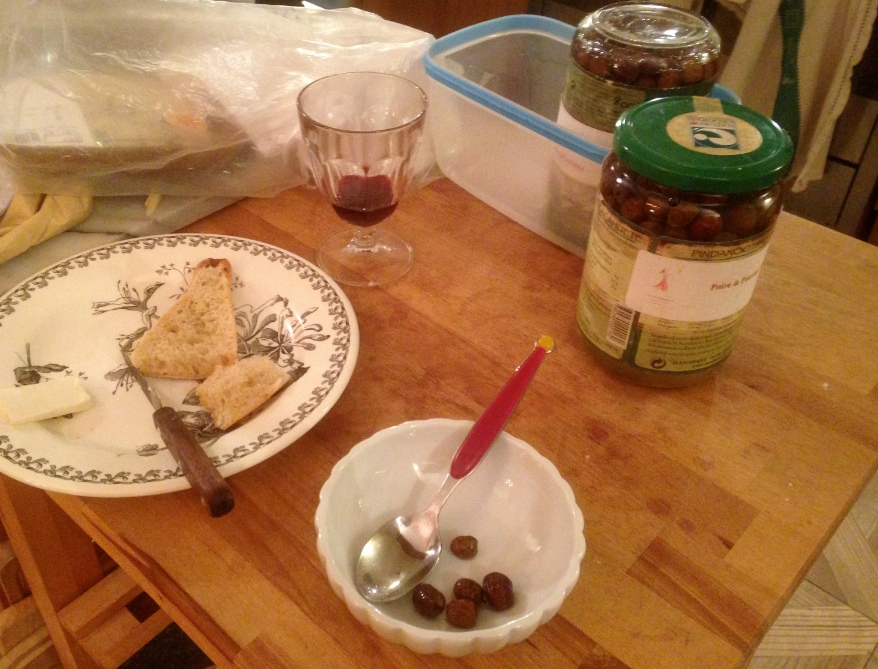
But what about that injunction to rest?

I glance up from my desk, and there is John on the other side of the mustard patch, planting garlic. He says it’s restful.
To each his own. I return to scribbling on my manuscript where rest means focus and focus is sheer bliss.
Until the dog reminds us to get out and walk. Down into the forest where leaves render the earth soft and spongy; where we might surprise a muskrat in the creek.
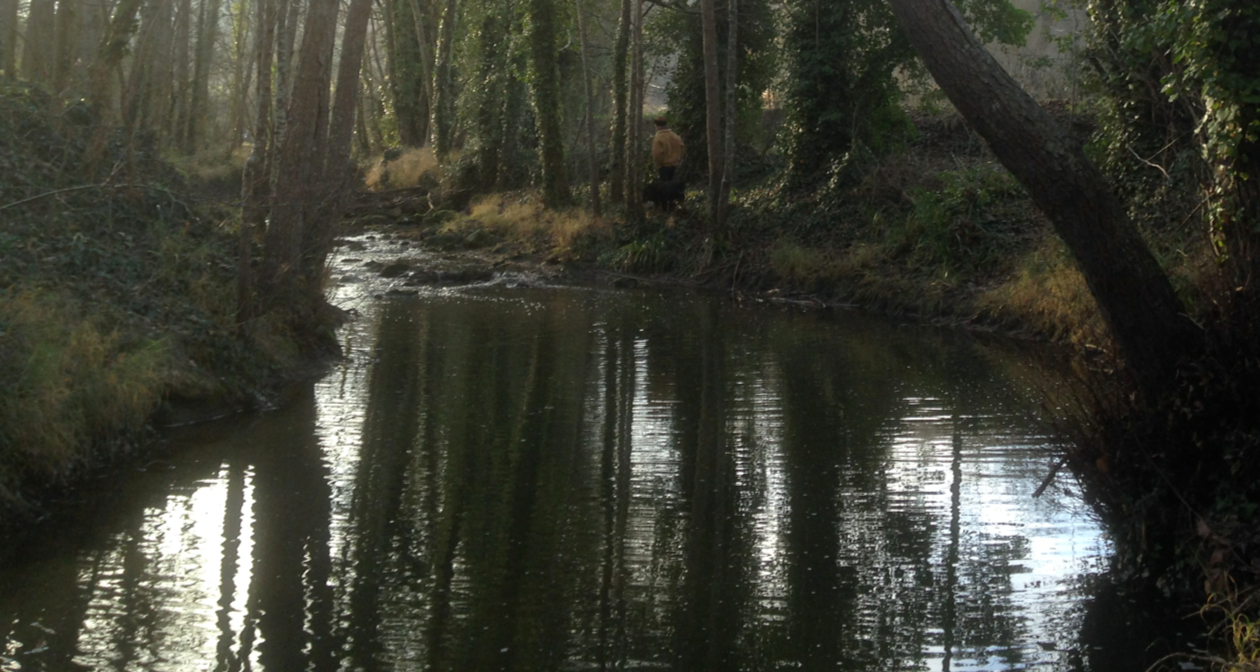
Or up to the vineyard dome to breathe in sky, hills and the last rays of winter sun.
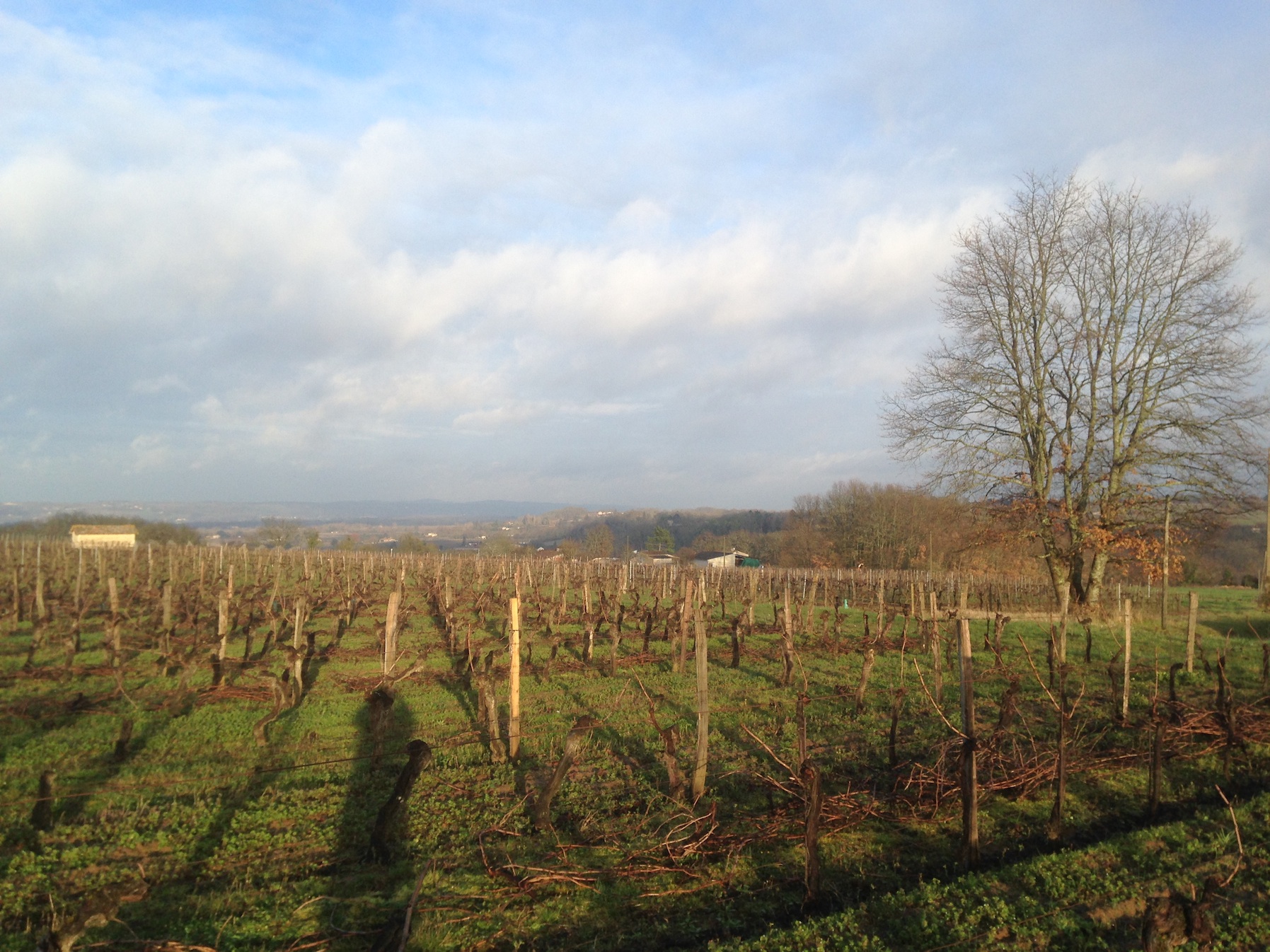

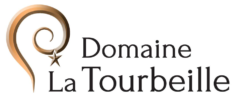

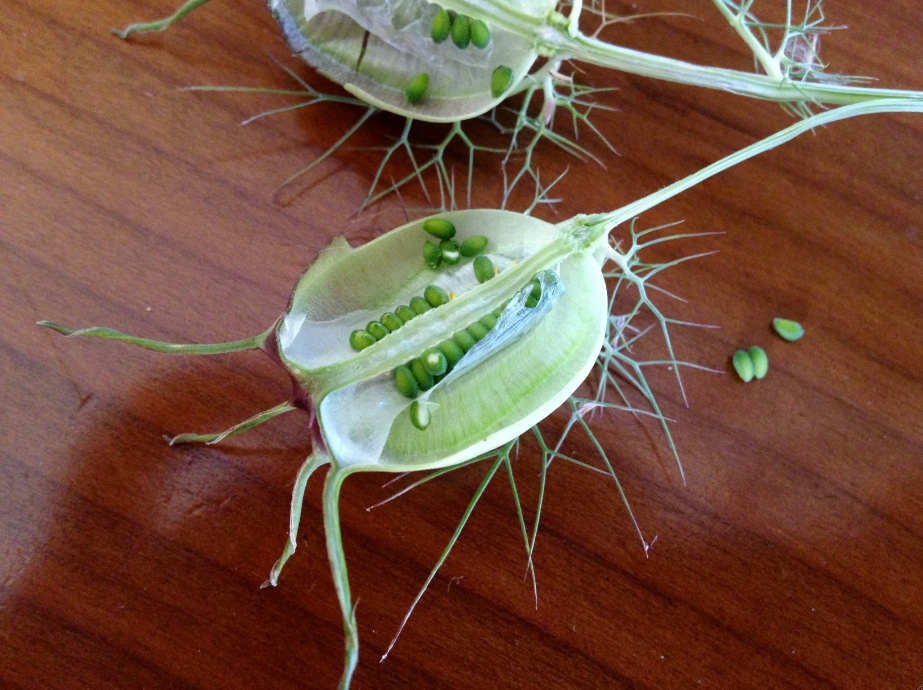

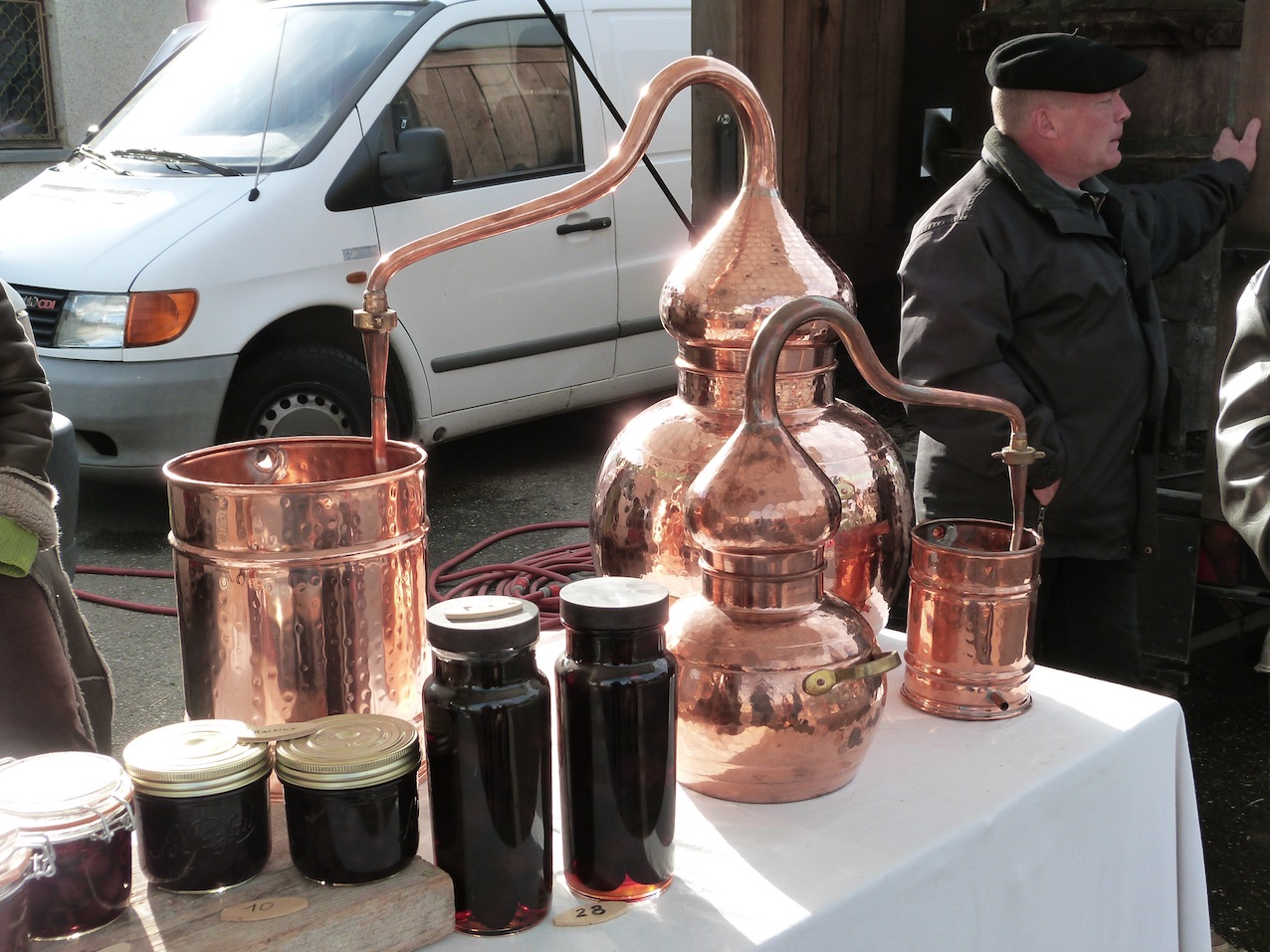
10 thoughts on “The Off Season”
What an inspiring blog, as ever. The table at the taverne has my name on it…. do hope we can make it out this year. Well done to you all – hard work pays off and you couldn’t deserve it more.
Oh, Mary, while the rest of us chase phantoms, you keep us grounded with the elemental!
Love, love, love all the photos of your many activities along with your rich prose….wishing you the best from across the pond!
Another wonderful blog. Wish I was there to help! (And learn how to brine olives.)
Much Love from Brooklyn.
As many of us in the New World get farther from the dirt from whence we came, you in the Old get deeper into living with and from the land. So much to emulate in what y’all are doing.
So far, one we’re doing a bit better with here is getting out of our automobiles more consistently, with better bike trail connectivity and other transportation improvements. Improving the food and local wine/terroir comes more gradually in ‘urban’ North Carolina.
Thanks to Mary and John and family for all you bring/send to the rest of us.
My heart holds the dream of arriving at La Tourbeille, stepping out of the car and seeing every Sandifer smiling at me. I love that each of you is pictured here – grown up and gorgeous. Much love to you, Mary, and many thanks for sharing your Self in these posts.
Thank you, Mary, for sharing this beautiful piece of your life. It’s as though I am there with you. A musical delight to my senses.
Love,
Pam ????
Quel engagement, et quelle sérénité! Je suis TRES impressionnée par votre réalisation, votre implication dans le monde, la terre, dans la nature. La symbiose avec votre environnement pour l’adapter à votre projet, la générosité de vos voisins qui doit répondre à la vôtre, la terre qui répond, le travail inspiré, tout cela est un vrai don, un talent et une force, que je reçois avec émotion à chaque fois en vous lisant. Je me sens plus ancrée. Bravo. Merci de partager le bonheur, on devine les sacrifices et le dur labeur. Marie, ta plume est poète.
Je vous embrasse
Christine
Magical! Thank you for tending the earth — tending our planet — with such love and foresight. So happy to visit with you, if only for a moment! With love to all, Bea
Love reading about your journey in life with the earth and family, so lovely. ????